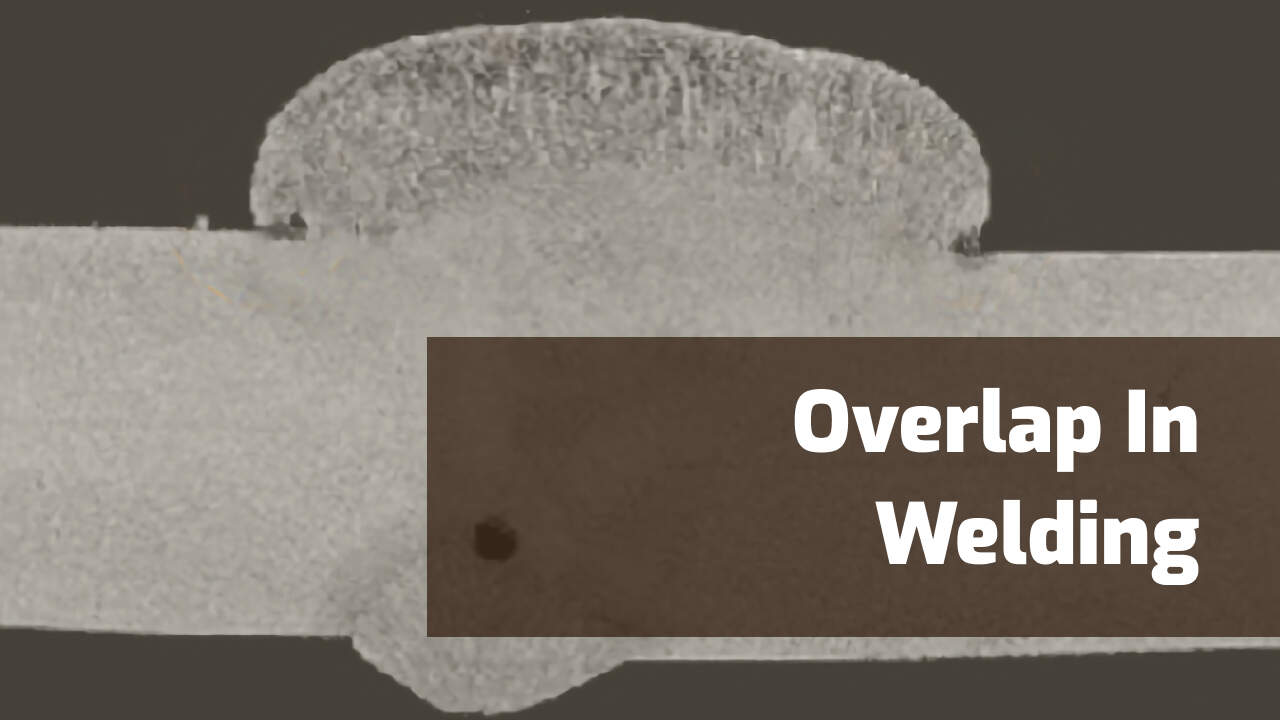Understanding the Art of Welding: Exactly How to Stay Clear Of Undercut Welding Issues for Flawless Construction Outcomes
By understanding the root triggers of undercut welding and applying reliable techniques to prevent it, welders can raise their craft to new levels of quality. In the quest of perfect manufacture results, mastering the art of welding to avoid undercut issues is not just a skill but a need for those making every effort for excellence in their job.
Recognizing Undercut Welding

To avoid undercut welding, welders must ensure appropriate welding specifications, such as adjusting the present, voltage, traveling speed, and preserving the proper electrode angle. Additionally, utilizing the appropriate welding method for the details joint configuration is necessary. Utilizing weaving motions or backstepping methods can aid ensure appropriate weld steel deposition and minimize the likelihood of undercut formation. Routine examination of welds during and after the welding process is also vital to capture any undercut early and make required modifications to stop more issues. Preventing weld undercut. By understanding the causes of undercut welding and executing preventative steps, welders can accomplish high-grade, structurally audio welds.
Reasons For Undercut in Welding
Understanding the variables that contribute to damage in welding is necessary for welders to create top quality, structurally audio welds. Insufficient welding current or wrong welding speed can likewise contribute to undercut. Recognizing these causes and implementing proper welding strategies can aid protect against damaging concerns, ensuring strong and sturdy welds.
Techniques to stop Undercutting

To reduce the danger of undercutting in welding, welders can use calculated welding techniques aimed at boosting the top quality and honesty of the weld joints. Additionally, utilizing the appropriate welding method for the particular joint arrangement, such as weave or stringer grains, can add to lowering damaging.
Additionally, appropriate joint preparation, consisting of making sure tidy base materials without pollutants and utilizing the appropriate welding consumables, is vital in protecting against undercut flaws. Utilizing back-step welding techniques and controlling the weld grain account can also aid disperse heat uniformly and reduce the risk of undercut. Normal evaluation of the weld joint during and after welding, in addition to executing high quality assurance actions, can help in resolving and identifying damaging issues immediately. By executing these strategies vigilantly, welders can achieve remarkable fabrication results with marginal undercut defects.
Significance of Appropriate Welding Criteria
Selecting and maintaining suitable welding parameters is crucial for accomplishing successful welds with very little issues. Welding parameters describe variables such as voltage, current, take a trip rate, electrode angle, and securing gas flow price that directly impact the welding process. site web These parameters should be carefully changed based upon the kind of material being bonded, its density, and the welding strategy employed.
Proper welding specifications make certain the correct amount of warm is used to thaw the base metals and filler material consistently. If the specifications are set expensive, it can result in excessive warm input, triggering distortion, spatter, or burn-through. On the various other hand, if the specifications are also reduced, insufficient fusion, click here for info absence of penetration, or undercutting might occur.
Quality Guarantee in Welding Procedures

Final Thought
To conclude, mastering the art of welding calls for a detailed understanding of undercut welding, its reasons, and techniques to avoid it. By making certain appropriate welding specifications and implementing quality control practices, remarkable fabrication outcomes can be accomplished. It is important for welders to continually aim for quality in their welding operations to stay clear of undercut concerns and generate top notch welds.
Undercut welding, a common issue in welding processes, takes place when the weld metal doesn't effectively fill up the groove and leaves a groove or clinical depression along the welded joint.To protect against undercut welding, welders ought to make certain appropriate welding criteria, such as changing the existing, voltage, travel speed, and keeping the correct electrode angle. Insufficient welding current or inaccurate welding speed can additionally contribute to undercut.To alleviate the threat of undercutting in welding, welders can utilize critical welding techniques aimed at boosting the top quality and integrity of the weld joints.In final thought, understanding the art of welding calls for an extensive understanding of undercut welding, its reasons, and techniques to avoid it.